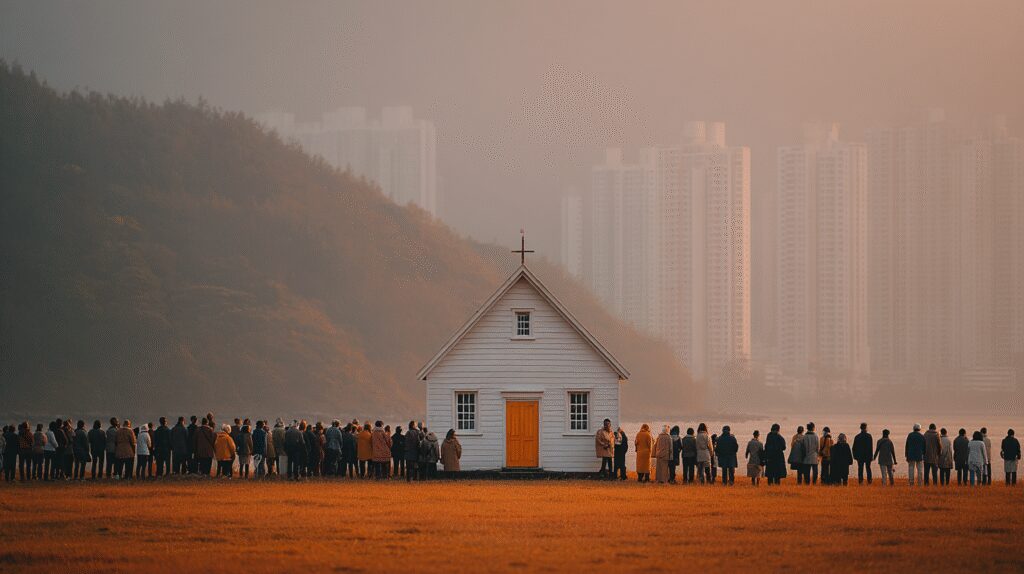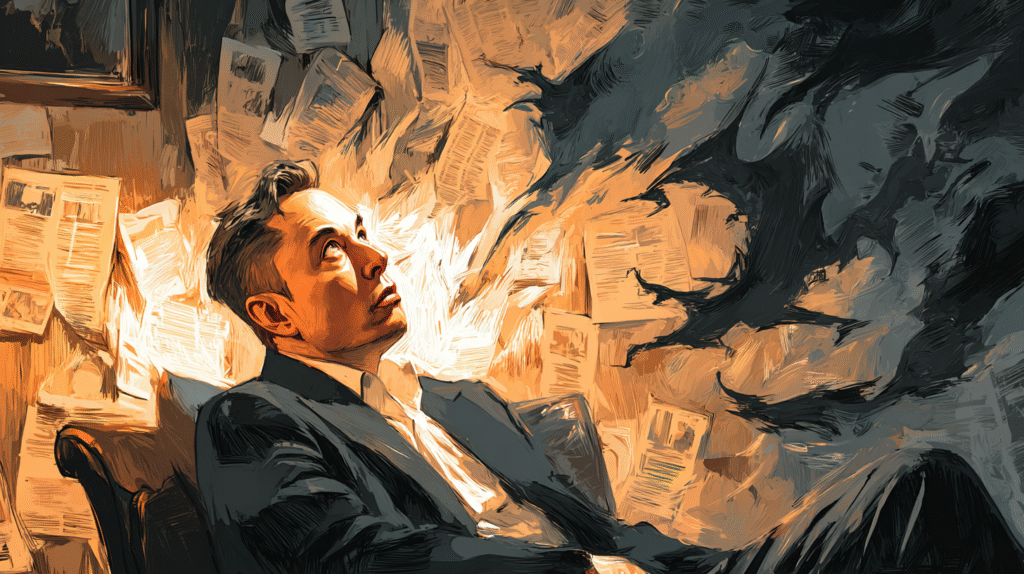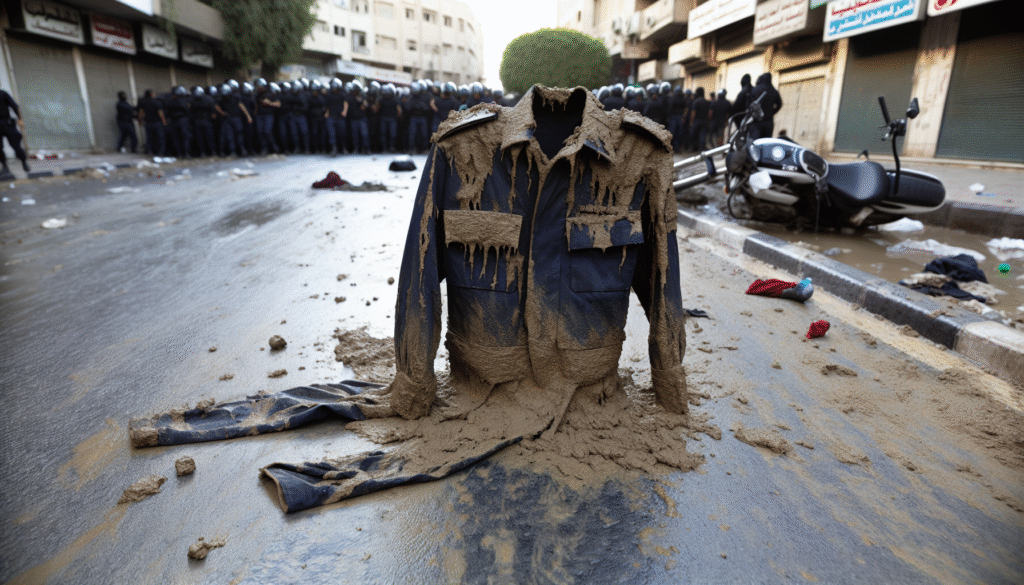Picture this: a quaint, white-washed village church with its modest steeple, nestled among the lush hills of Hong Kong’s rural landscape. This tiny sanctuary has been a bastion of community spirit and tradition. But now it stands on the brink of transformation—or rather, a forced eviction. In a plot twist that feels straight out of a local drama series, the government has decided that this picturesque setting must make way for modern development. And so, a clash has begun, not just of stone and mortar, but of identity and progress.
Why This Matters
So why should we care about a small church in a distant village? Well, this isn’t just about one building; it’s a microcosm of a larger, more universal story. Across the globe, we’re witnessing a relentless march of urban expansion, where the old often gets bulldozed in the name of the new. It’s a tale as old as time, and yet, it never fails to stir the pot of public sentiment.
For the members of this church, the building is more than just a place of worship. It’s a living archive of their community’s history, a place where generations have gathered for baptisms, weddings, and farewells. The echoes of hymns sung by ancestors still linger in its wooden rafters. But this isn’t just a nostalgic love letter to the past. It’s a question of survival. Where do these communities go when their spiritual homes are razed?
Tell me more…
The church’s predicament is a familiar scene in Hong Kong, where the demand for land has skyrocketed. The government argues that relocating the church is a necessary sacrifice for the greater good of development. After all, with more people comes the need for more homes, more malls, and more infrastructure.
Yet, this argument hits a snag when faced with the deeply ingrained cultural significance of such sites. These aren’t just buildings; they are the heartbeats of their communities. When a church is uprooted, it’s like ripping out the threads that hold the social fabric together. It’s akin to tearing down a library and expecting the books to find new shelves on their own.
What Now?
The church members aren’t going down without a fight. They’ve rallied together, armed with petitions, and have taken to social media to drum up support. They argue that while progress is important, it shouldn’t come at the cost of erasing cultural heritage.
Meanwhile, the government insists that the church will be relocated to a nearby area, but for those who’ve spent their lives in its pews, the suggestion feels like a hollow consolation. After all, can you really relocate a sense of belonging?
This isn’t just a local squabble; it’s a global conundrum. The struggle between preserving heritage and making way for modernity is a tightrope walk that many cities find themselves on. And as the scales tip, it’s worth pondering: at what point does development stop being progress and start becoming erasure?
Should we worry?
It’s easy to shrug off this story as just another chapter in the book of urbanization. But the themes it touches on are universal. We live in a world where progress is often measured by the height of our buildings and the breadth of our roads. Yet, in our race to build bigger and better, we risk losing the essence of what makes us human: our roots, our traditions, our communities.
Of course, development is necessary. We need homes, roads, and all the conveniences of modern life. But perhaps we also need to pause and ask ourselves what kind of future we’re building if it comes at the expense of our past.
Daily Nudge: As we build tomorrow’s cities, let’s not forget yesterday’s stories. Progress shouldn’t mean paving over our past.


